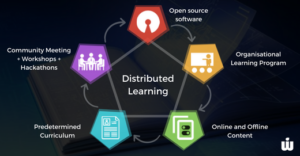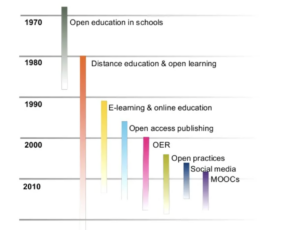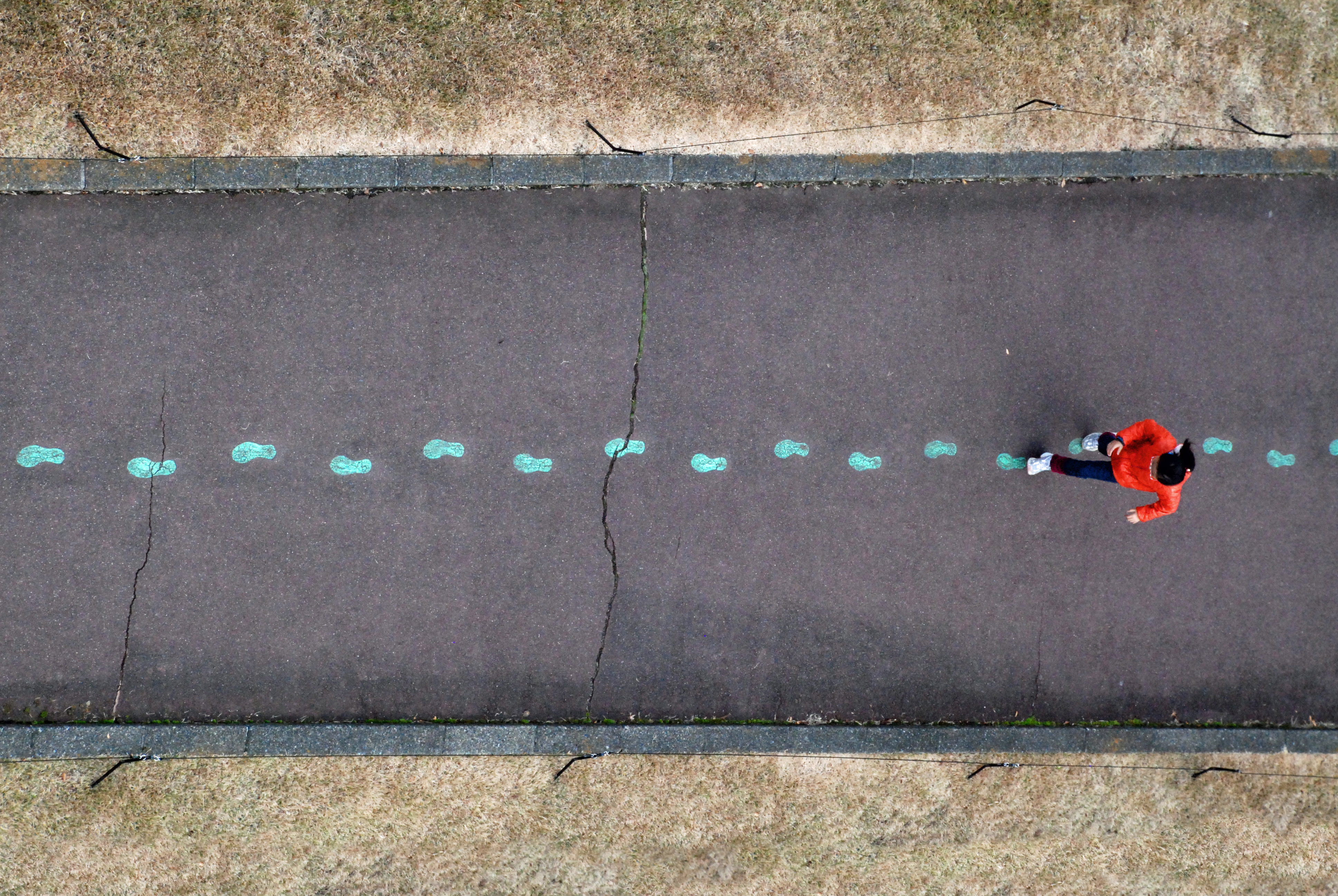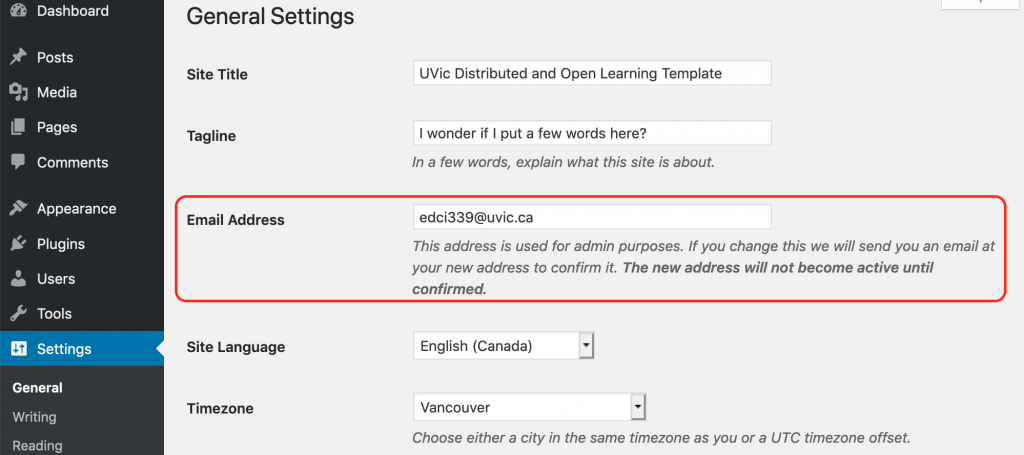Topic #4 Post
Link to original post:
This week’s reading on OER-enabled pedagogy was actually pretty enlightening. I found it that way because it broadened my initial interpretation and understanding of open educational resources. I subconsciously associated open resources with online open resources, assuming that they are one in the same thing, however, this is not the case and open educational resources aren’t restricted to an online platform. My main takes from this reading were the differentiation of the different kind of assignments and how to determine the extent to which a specific teaching and learning practice qualifies as OER-enabled pedagogy using the four part test.
The four part test being just 4 questions to ask regarding a resources seems very simple and broadline trivial, however, after further analysis you realise that it’s actually effective in the determination and covers what needs to be covered. This reading also got me thinking whether i’ve been previously exposed to OER-enabled pedagogy whilst enrolled at UVic and as a Computer science student, I feel as though I have. I’m most of the upper level(3rd and 4th year) programming courses (such as CSC360 or CSC330), where the project are large enough and of significant difficulty, we are encouraged to post our assignment solutions on our public Github repository where anyone can see and possibly use our published code. I realised this acts as an example of OER-enabled pedagogy after passing it through the four part test i.e. 1. Are students asked to create new artifacts (essays, poems, videos, songs, etc.) or revise / remix existing OER? Yes, new artifacts are made, artifacts being the code generated as a project solution. 2. Does the new artifact have value beyond supporting the learning of its author? Yes, because the code can be used to help future takers of the courses or any programmer attempting similar work, and it can also be used to showcase understanding in that specific field to an employer. 3. Are students invited to publicly share their new artifacts or revised / remixed OER? Yes, because we were invited to publicly share our code on Github which is an online platform available to any and everyone on command. 4. Are students invited to openly license their new artifacts or revised / remixed OER? Yes, Doing so would allow for the solutions to be used by future students and anyone programming a similar project.
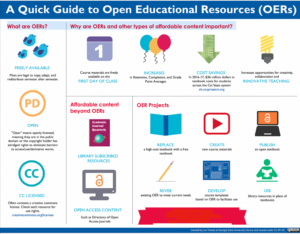
“Open Educational Resources for Psychology: Why Use Open Access Materials.” Library at UCC, libguides.ucc.edu/c.php?g=748872.
UNEDcursoscoma. “1.3.1 Open Educational Resources.” YouTube, YouTube, 22 June 2017, www.youtube.com/watch?v=W6qDb25Wz5k&ab_channel=UNEDCursosMOOC%2FCOMA.
“OER-Enabled Pedagogy Library.” Open Education Group, openedgroup.org/oer-enabled-pedagogy.
“Open Educational Resources: Open Pedagogy Examples.” LibGuides, researchguides.austincc.edu/oer/openpedexamples.
